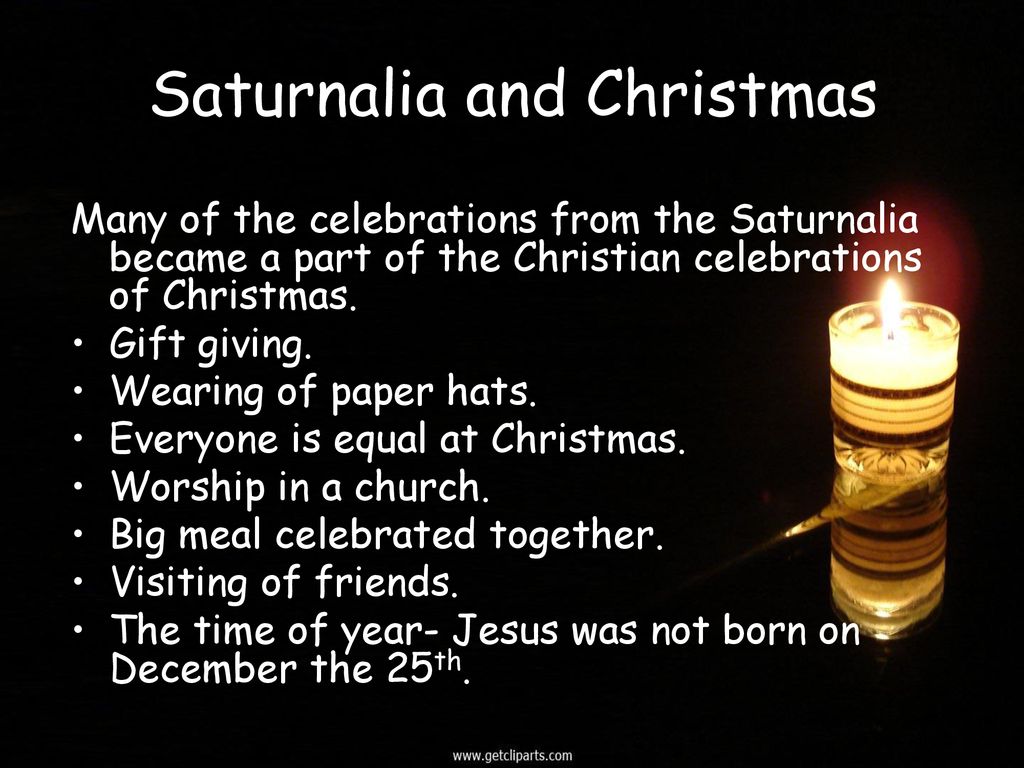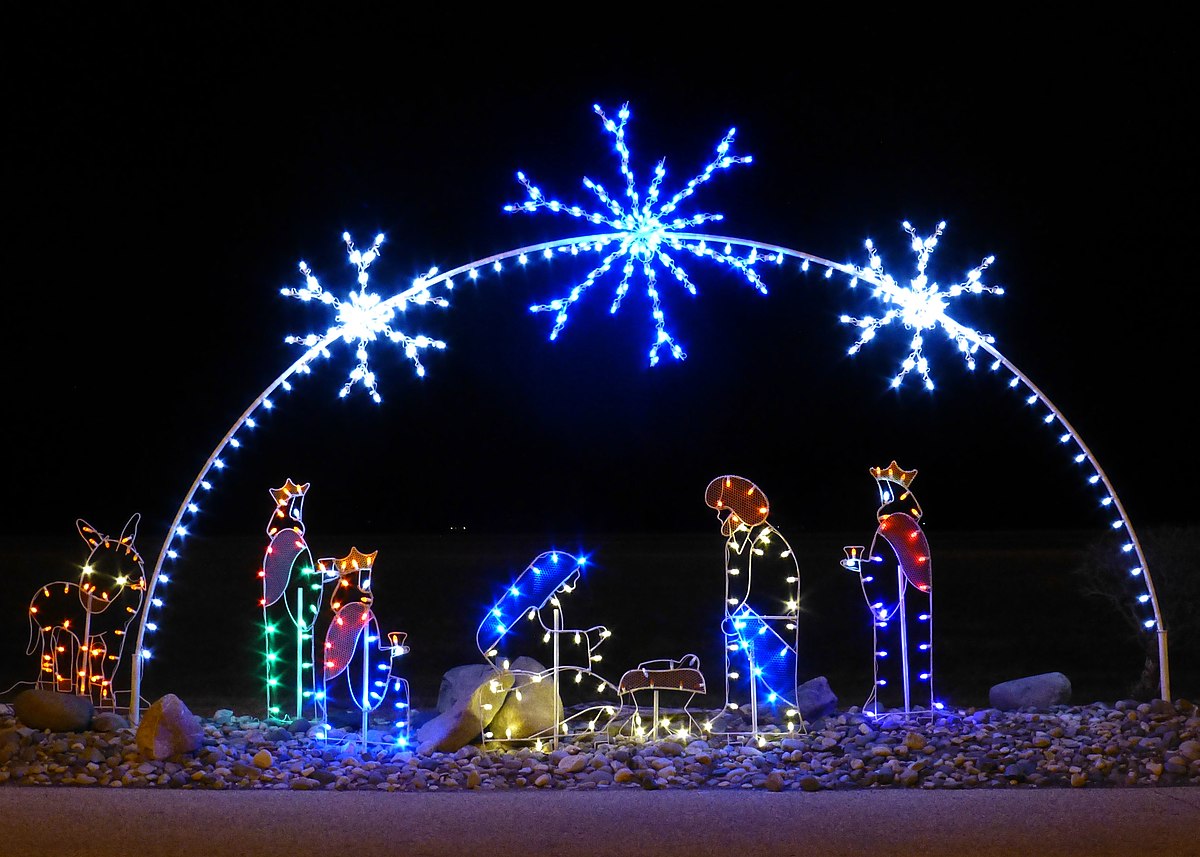The roots of Christmas intertwine with ancient winter festivities that span centuries and continents. Long before the tale of Jesus unfolded, diverse cultures found cause for jubilation amid the chill of winter, marking a celebration of light and birth during the darkest days.
Winter Solstice Revelry: Scandinavia’s Yule Festival
Centuries ago, in Scandinavia, the Norse ushered in the Yule festival, aligning with the winter solstice from December 21. This marked the turning point, as the sun’s return promised longer days and the gradual retreat of winter’s grip.
To honour this celestial dance, families would bring home colossal logs, igniting a blaze that symbolised the resurgence of light. The revelry extended over 12 days, with each spark from the crackling fire foretelling the birth of new livestock in the impending year.

Source: Time and Date
Feasts and Fires Across Europe
December’s waning days beckoned celebrations across Europe. With the culmination of the year, the slaughtering of cattle, and the fermentation of wines and beers, a tapestry of festivities unfolded.
For many, this season offered a rare abundance of fresh meat, as most cattle were culled to avoid the burden of winter care. The air was thick with the aroma of roasting meats, and the clinking of glasses echoed the joy of fermented libations finally ready for consumption.
Germanic Intrigue: Oden’s Winter Dominion
In the heart of Germany, a unique winter narrative unfolded as people paid homage to the pagan deity Oden. A figure both revered and feared, Oden was believed to embark on nocturnal flights across the sky, clandestinely observing his subjects.
The ominous purpose behind these celestial escapades was to decree the fortune or doom of individuals. Faced with such an enigmatic presence, many chose the safety of indoor seclusion during this mid-winter period.
As we unwrap the layers of Christmas, we unveil a rich mosaic of traditions woven into the fabric of diverse cultures. From the blazing hearths of Norse Yule celebrations to the feasts heralding the end of the year across Europe, each thread contributes to the vibrant tapestry of winter revelry that laid the groundwork for the Christmas we know today.

Norse Mythology – Source: norsemythology.org
Saturnalia and Christmas
In the heart of Rome, where winters were milder, the festive season of Saturnalia unfolded—an ode to Saturn, the god of agriculture. Commencing in the week leading up to the winter solstice and extending for a full month, Saturnalia was a time of indulgence, abundant food and drink, and a temporary upheaval of the typical Roman social hierarchy. During this month, slaves experienced a brief taste of freedom, being treated as equals. Businesses and schools closed their doors, allowing everyone to partake in the revelry.
Simultaneously, Romans observed Juvenalia, a feast dedicated to the youth of Rome. The upper echelons of society also celebrated the birth of Mithra, the god of the unconquerable sun, on December 25. Legend had it that Mithra, an infant god, was born from a rock, making his birthday a profoundly sacred day for some Romans.
Read also: My life’s mission is to ensure youth have access to education, understand AI – Delille

But is December 25 the actual day of Jesus’ birth?
In the early years of Christianity, Easter held precedence, and the birth of Jesus was not a celebrated event. It wasn’t until the fourth century that church officials decided to establish Jesus’ birth as a holiday. Despite the lack of a specific date in the Bible, Pope Julius I settled on December 25.
While some indications suggest Jesus might have been born in the spring, the church’s choice of December 25 aligned with the pagan Saturnalia festival, aiming to adopt and assimilate existing traditions. Initially termed the Feast of the Nativity, this custom spread through Egypt by 432 and reached England by the end of the sixth century.
By linking Christmas to the traditional winter solstice festivities, church leaders hoped to garner popular acceptance but relinquished control over how the celebration unfolded. By the Middle Ages, Christianity had, to a large extent, supplanted pagan practices.
On Christmas Day, believers attended church and then engaged in lively, carnival-like celebrations, reminiscent of today’s Mardi Gras. A beggar or student would be crowned the “lord of misrule” each year, with exuberant revellers adopting the roles of his subjects.
The less fortunate would visit the homes of the affluent, demanding the best food and drink. Non-compliance might result in mischievous reprisals. Christmas evolved into a time when the upper classes could repay their real or perceived “debt” to society by entertaining the less privileged.
When Christmas Faced Prohibition
In the early 17th century, a tide of religious reform swept through Europe, bringing a significant shift to the celebration of Christmas. The ascendancy of Oliver Cromwell and his Puritan forces in England in 1645 marked a turning point as they vowed to eradicate decadence, leading to the outright cancellation of Christmas.
However, public discontent prevailed, leading to the restoration of Charles II to the throne and, subsequently, the revival of this beloved holiday.

Source: BBN Breaking
The pilgrims, English separatists who arrived in America in 1620, held even more stringent Puritan beliefs than Cromwell. Consequently, Christmas was not recognised as a holiday in early America. In the period from 1659 to 1681, the observance of Christmas was officially banned in Boston, with violators facing a fine of five shillings for exhibiting any Christmas spirit. In contrast, Captain John Smith reported that Christmas was embraced without incident in the Jamestown settlement.
Following the American Revolution, English traditions, including Christmas celebrations, fell out of favour. Christmas did not attain the status of a federal holiday until June 26, 1870, marking a formal recognition of this festive occasion in the United States.











